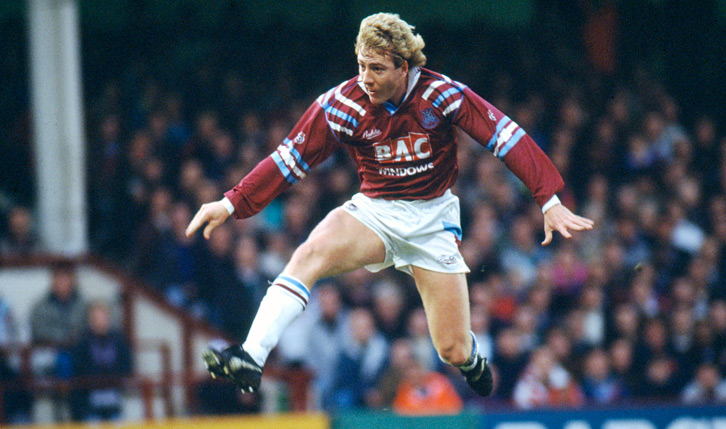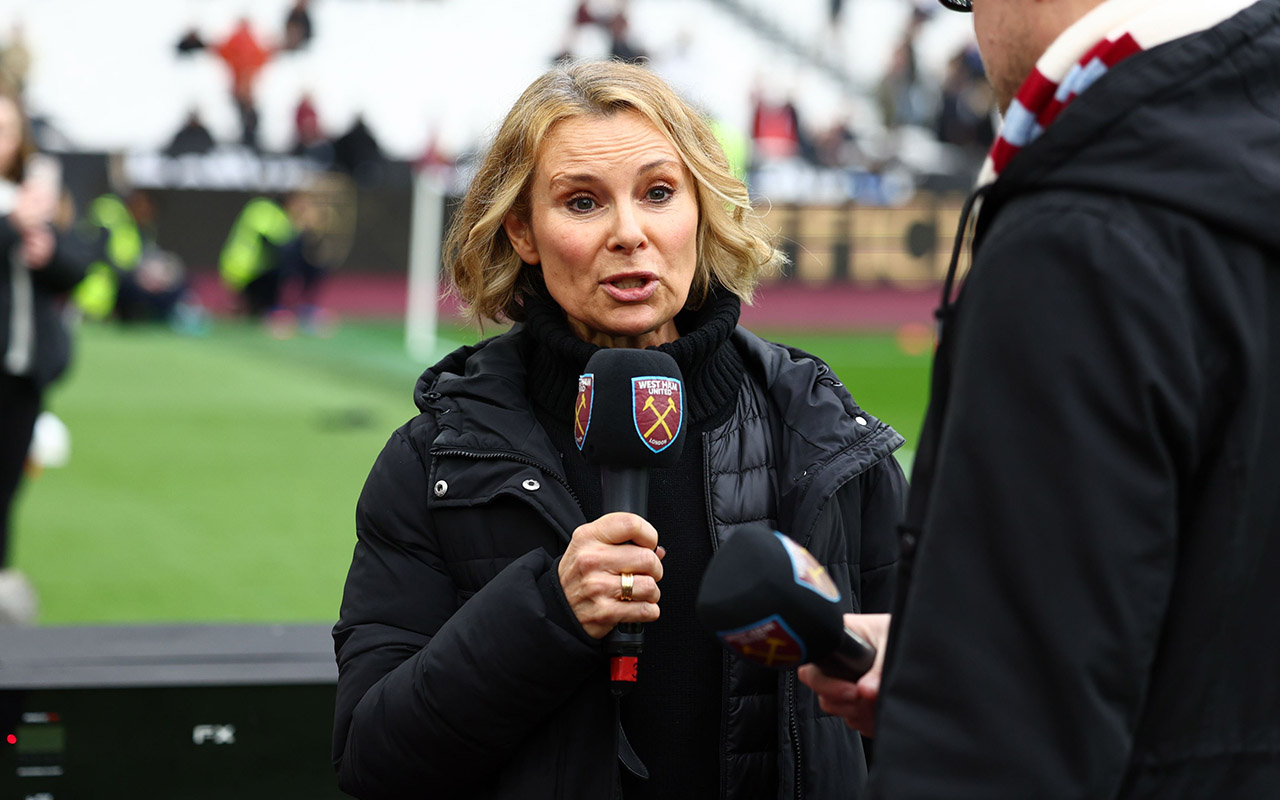‘West Ham have never played such football as they did in the opening half-hour of their Cup semi-final with Derby County’.
It is 100 years since West Ham United and Derby County met for the first and only previous occasion in the FA Cup.
The occasion was the semi-final, the venue was Stamford Bridge and the prize for the winner was a place in the first FA Cup final to be played at the newly constructed Empire Stadium in Wembley.
While Derby had been founder members of the Football League in 1888 and reached three FA Cup finals between 1898 and 1903, finishing as runners-up in each, West Ham had only been elected to the Football League in 1919 and had never previously been past the round of 16.
Signed from Sunderland in the summer of 1922, Billy Moore scored West Ham’s consolation goal on that occasion, and the inside-left had played a starring role in the Irons’ FA Cup run, scoring in the first-round win at Hull City (3-2), second-round replay victory over Brighton & Hove Albion (1-0) and third-round win over Plymouth Argyle (2-0).
Centre-forward Vic Watson, who would go on to become the Club’s all-time leading scorer with 326 goals, was also in fine form, scoring twice at Hull, and once in the second-round draw at Brighton (1-1) and in two fourth-round draws with Southampton (both 1-1).
Outside-right Dick Richards was the man whose goal at Villa Park in the second replay with the Saints on 19 March took West Ham through to the semi-final, which would be played just five days later.
Derby, for the record, had defeated Blackpool (2-0), Bristol City (3-0), Sheffield Wednesday (1-0) and Tottenham Hotspur (1-0) to reach the last-four without conceding a single goal.
That record would end within five minutes of kick-off at Stamford Bridge, where Syd King’s Hammers made a start the manager could only have dreamed of. Left winger Jimmy Ruffell collected the ball from Watson and dribbled into the penalty area before crossing for inside-right Billy Brown, who slammed an unstoppable first-time shot into the Derby net.
Three minutes later, it was 2-0. Ruffell was again the catalyst, finding Moore, who won a free-kick. Half-back Jack Tresadern delivered the ball, Watson met it, goalkeeper Ben Olney parried and Moore scored.
Derby were stunned, while the Claret and Blue supporters among the 50,725 fans present were overjoyed – and that joy grew just after half-time when Moore and Ruffell exchanged passes before the former fired his second and West Ham’s third past Olney.
Just past the hour-mark, it was four. Watson again caused confusion in the Derby defence and Brown matched Moore by scoring his second goal of an unforgettable afternoon.
Derby, to their credit, did not give up, and snatched two goals back through an unfortunate own-goal from full-back William Henderson and Jimmy Moore’s close-range finish, but King’s men would not be denied. Instead, Ruffell made it five and secured the Hammers’ passage to Wembley.
‘I am not sure the West Ham players can ever expect to reproduce such form,’ wrote one reporter, named Eustace. ‘It was a game to linger long in the memory. Rarely can there have been a Cup semi-final crowded with so much of the best in football. So rich were the incidents, so deadly the shooting, and so perfect the ball control, that the crowd became surfeited.’
West Ham would face First Division side Bolton Wanderers in the final the following month, on 28 April 1923, where the crowd themselves would become the story, as an estimated 250,000 supporters descended on Wembley.
There, Bolton won 2-0 and denied West Ham their first FA Cup triumph, but that victory over Derby remains one of the performances in the Club’s 128-year history.
By March 1923, however, both clubs were competing in the Football League Second Division, and just two points and five places separated them in the table.
Derby had taken the spoils in the two league meetings, which had both taken place back in the opening fortnight of the 1922/23 season, drawing 0-0 at the Boleyn Ground on 28 August before defeating the Hammers 2-1 at the Baseball Ground a week later.




